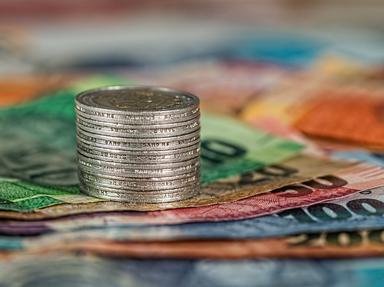Quiz Answer Key and Fun Facts
1. Australia's first locally produced currency, the Holey Dollar and Dump were issued in the early days of the New South Wales colony. In what year were these coins issued?
2. In 1852, a Government Assay office issued a 22 carat gold coin with the value of one pound. Which Assay office issued this coin?
3. Sydney mint sovereigns and half sovereigns featuring a uniquely Australian wreath design on the reverse side were first minted for circulation in which year?
4. During the 19th century there was a severe shortage of lower denomination coins, so businesses began issuing their own form of currency. They circulated low value trade tokens that were only redeemable at the store from which they were issued. What type of businesses issued these tokens?
5. Mints operated in several Australian cities during the 19th century. Which city did not operate a mint during this time?
6. Australian federation occurred in 1901, and a new nationwide Australian coinage was introduced some nine years later in 1910. What newly designed denominations were issued in this year?
7. In 1934-35, a special florin was minted to commemorate the 100 year anniversary of the founding of Victoria in 1834 and the establishment of Melbourne in 1835. They were to be sold at more than face value to help offset the cost of the centenary celebrations. What happened to the 75,000 Centenary Florins that were minted?
8. The large 5 shilling Crown piece was only minted for two years. In which years were they issued?
9. What animal(s) featured on the reverse of the one penny coin from 1938-64?
10. How many British monarchs appeared on the obverse (head side) of Australia's coinage between the year of federation and the year that decimal currency was introduced?
Source: Author
DPX
This quiz was reviewed by FunTrivia editor
Leau before going online.
Any errors found in FunTrivia content are routinely corrected through our feedback system.

